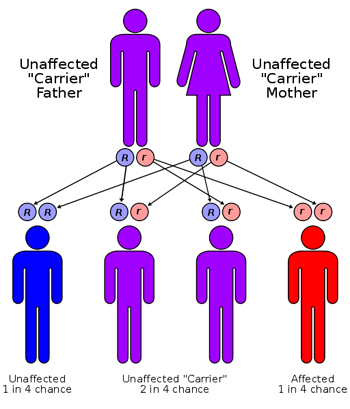Purpose: The purpose for this experiment was to discover the connection between respiration and photosynthesis. Bromothymol was used to test the carbon dioxide concentration within the test subjects.
Background Facts:
- Carbon dioxide in water produces carbonic acid.
- Bromothymol Blue (BTB) is a blue-green liquid which changes to a yellow color in acid and back to blue-green when returned to a neutral pH.
- Carbon dioxide plus water yields sugar and oxygen when chlorophyll and sunlight are present.
- Animals respire.
- Green plants photosynthesize in the light and respire all the time.
- Sugar plus oxygen yields carbon dioxide plus water and energy.
Materials: This lab required access to test tubes, snails, Elodea plants, light sources, dark places, pond water, and BTB.
Procedure: To fulfill the purpose of this experiment and test for results, each material was tested with BTB, often in combinations. The pond water was tested without any other subjects, then alone with an aquarium snail, Elodea, and finally, an aquarium snail and Elodea plant together.
Observations:
- Water plus bromothymol blue is blue-green.
- Water plus bromothymol blue plus an aquarium snail turns yellow.
- Water plus bromothymol blue plus Elodea (an aquarium plant) is blue-green in light.
- Water plus bromothymol blue plus a snail plus Elodea is blue-green in light and yellow when left in the dark for three hours.
Analysis and Conclusions:
- Water plus bromothymol blue is blue-green because there is no carbonic acid in the water, keeping the BTB at a neutral pH.
- Water plus bromothymol blue plus an aquarium snail turns yellow because the snail respires carbon dioxide, forming carbonic acid. The BTB detects this and reacts, altering its pH level.
- Water plus bromothymol blue plus Elodea (an aquarium plant) is blue-green in light because if any carbonic acid existed in the water, the plant used the carbon dioxide for photosynthesis. This caused the pH of the BTB to remain neutral.
- A mixture of water, bromothymol blue, a snail, and Elodea produce a is blue-green BTB color in light and a yellow BTB color when left in the dark for three hours because the Elodea halts the photosynthesis process when it is taken away from a light source. The plant does not require carbon dioxide while it is idle, thus causing a build up of carbonic acid content in the water. Due to the fact that the snail continued to produce carbon dioxide though the plant was not consuming it, the carbon dioxide was detected by the BTB.





















